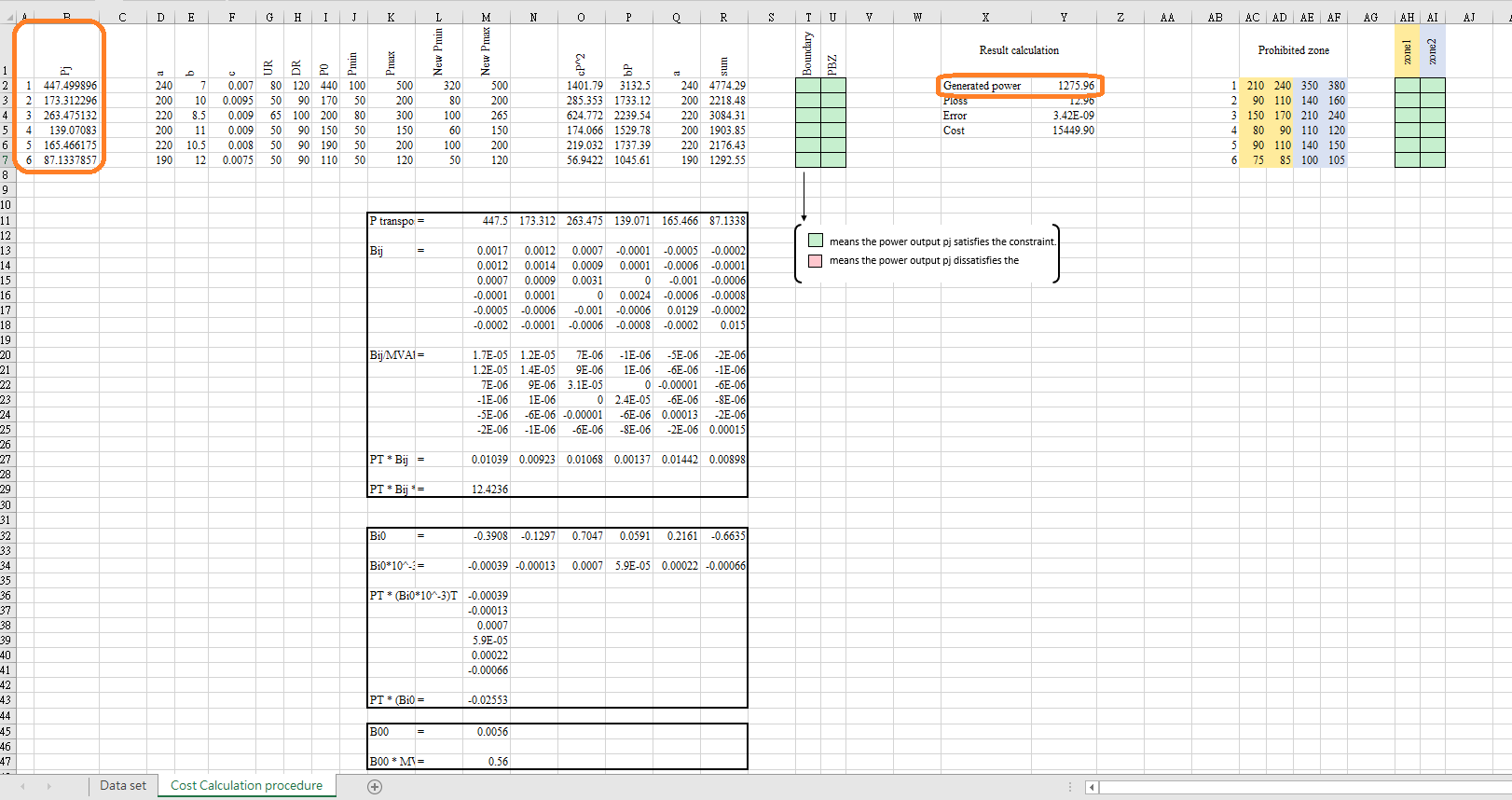Associate Professor Tsung-Che Chiang
Department of Computer Science and Information Engineering
National Taiwan Normal University
Tel: +886-2-77496692 Fax: +886-2-29322378
Email

|
Associate Professor Tsung-Che Chiang |
 |
| ¡@ |
Thammarsat Visutarrom and Tsung-Che Chiang, Economic dispatch using metaheuristics: algorithms, problems, and solutions, Applied Soft Computing, vol.150, Article 110891, 2024..
Abstract Economic dispatch (ED) has received considerable interest in the field of energy management and optimization. The problem aims to determine the most cost-effective power allocation strategy that satisfies the power demand and all physical constraints of the power system. To solve this problem, we propose an algorithm based on differential evolution and adopt a hybrid mutation strategy, a linear population size reduction mechanism, and an improved single-unit repair mechanism. Experimental results confirmed that these mechanisms are useful for performance improvement. The proposed algorithm (L-HMDE) showed good performance when compared with more than 90 algorithms in solving 22 test cases. It could provide high-quality solutions stably and efficiently. In addition to designing a good algorithm, we present a review of over 100 papers and highlight their algorithm features. We also provide a comprehensive collection of test cases in the literature. Through careful examination and verification, data coefficients of these test cases and solutions to them are included in this paper as a useful reference for researchers who are interested in this problem. Data files [Download all] The following table summarizes the 22 test cases in our experiments. The first author, Thammarsat Visutarrom provides a set of Excel files that contain the data coefficients and the solution obtained by our proposed algorithm. In addition, these files can help to calculate and verify the cost and feasibility of solutions.
Taking the file for test case 1 as an example, the solution obtained by our algorithm is recorded in the top-left corner, and the cost of the solution is calculated and shown in the middle. You can replace the values of the solution to calculate the corresponding cost and check its feasibility.  |
|||||||||||||||||||||||||||||||||||||||||||||||||||||||||||||||||||||||||||||||||||||||||||||||||||||||||||||||||||||||||||||||||||||||||||||||||||||||||||||||||||||||||||||||||||||||||||||||||||||||||||||||||||||||||||||||||||||||||||||||||||||||||||||||||||||
¡@